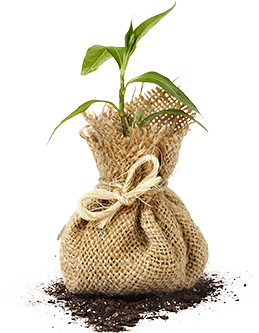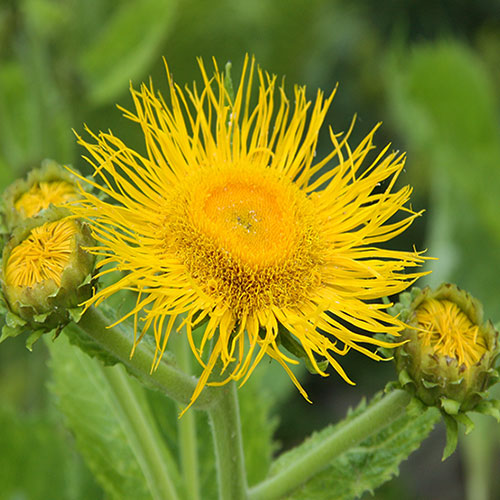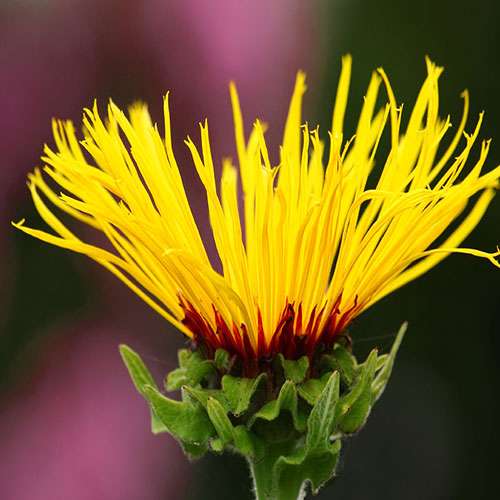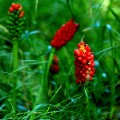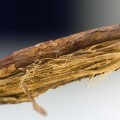The inulin ( elenio ) looks like a big fat margarita. It can reach up to two meters high. Known 60 species, whose flowers come in heads (such as chamomile).
In Greece there 12 species, the most important of which are:
1) Ynoyl Ellen. Grows in moist meadows of mainland Greece and Peloponnese. From the root of manufacturing medicines for bronchitis, tuberculosis, the erysipelas etc..
2) Ynoyl the varyosmi. plant that is found in almost all `Greece, in barren and rocky places. Known as “konyzos” or “psyllithra”. Used by farmers for the heavy smell of, with which turn away insects.
Perennial, with deep root, When that dries smells like violet and has a strong, bitter taste. Has strong hairy stalks. branched to top, and away, pointy green leaves with coarse teeth, gray and fluffy bottom.
Historical data on the inulin
The inulin was one of the most important herbs for the Ancient Greeks and Romans. The thought universal remedy for diseases such as dropsy very different, digestive and menstrual disorders and sciatica. The inulin Ellen probably identical with cloth cheironeion , one of the most well known herbs Chiron. The time of Hippocrates used it as a tonic, stimulus, emmenagogue and respiratory diseases. Tradition says that this plant sprang from the tears of Helen .
The Anglo Saxon was used for skin diseases, neuralgia, liver problems and cough. Today we use exclusively for respiratory diseases.
The Latin name is Inula Helenium and in our country the encounter with the names Konyza, Stropper, Psilochorto, Psilistra or Wmono.
Collection of herb
From the herb collect root from September to October, and dries in the sun in small pieces
Alternative treatments using inulin
Used therapeutically root which is collected in September and October. Contains 40% inulin, elenini (essence), mucilage, triterpenes.
It acts as an expectorant, antitussive, diaphoretic, stomach and antibacterial.
The inulin is a special remedy for bronchial cough irritant, especially in children. Can be used where there is strong as in the nose bronchitis or emphysema. The mucilage has a relaxing effect which is accompanied by the stimulatory effect of essential oil. Thus expectoration accompanied by a sedative effect, which in this herb is combined with an antimicrobial.
The inulin is used as a tonic, antitussive, diuretic and cholagogue, and it has a slight anthelmintic properties. Again considered specific for tuberculosis. Today antibacterial, antifungal , heating and expectorant properties make it suitable for respiratory diseases, such as asthma, bronchitis, pulmonary infections. The root of this plant is also against the unaccented indigestion and stomach pains and is also emminagogiki. Externally used for psoriasis, Herpes, the itch, hemorrhoids and other skin conditions
How to use:
The inulin is combined well with Horehound, the Vichio, the Asklipiadis and Achilles respiratory problems.
Prepare as an infusion:
- Take a (1) cup of cold water in a (1) tablespoon of chopped root.
- Leave for 8 until 10 hours.
- After warming up and drink, very hot, TID.
- If we use tincture drink 1-2 ml tincture TID.
Guests currently searching, are reading here for: herbs for sores, flemata treatment, herbs for a late season, dittany and season, essential oils for sores, knismos(sores) heal with herbs, Knismos and herbs, herbal remedy for itching, herbs for sores, herbs for knysmo.







